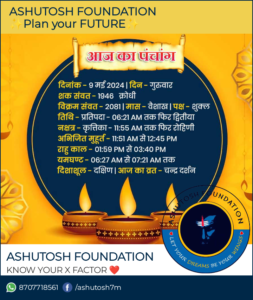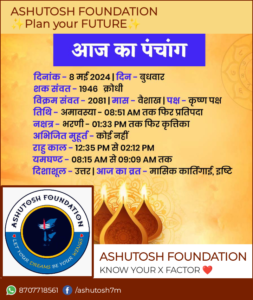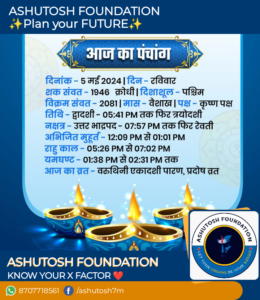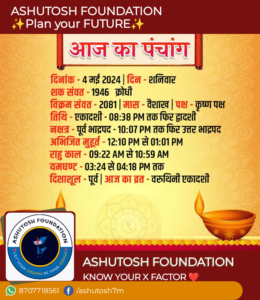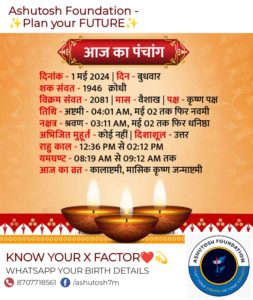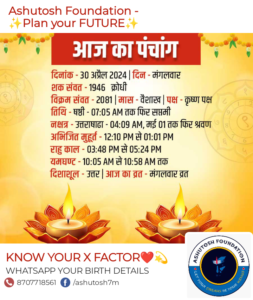Horoscope for May 10, 2024
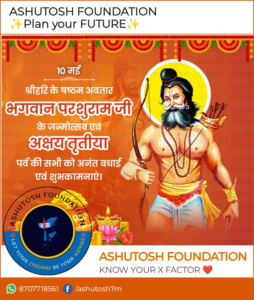
Aries Daily Horoscope
It is a great day for you! There will be loads of people offering hands to bring you out of the pitiful situation you are stuck up currently! You have landed there due to somebody elseメs fault; just avoid such dangerous people next time! Right now you must celebrate your victory like never before.
Taurus Daily Horoscope
Work hard and party harder! This seems to be your theme for the day and it is absolutely apt too! The day can begin with regular work routine but may end with celebration with close friends and family! You have a great sense of humor so you can choose to host large scale events too.
Gemini Daily Horoscope
You are feeling rather disorganized and chaotic today. Your thoughts tend to flow in a number of directions today. The result is that you will not be able to wrap up any project today. You need to focus. Try some mental exercise and do not consult with other people as contradictory advice would tend to confuse you even further.
Cancer Daily Horoscope
You are in an impulsive mood today. You tend to rush into projects without thinking it through and this can create unnecessary problems both at work and in family life. Try to keep a level head, though it may seem to be too difficult now. Several opportunities will arise together and you need to see what works for you and what do not.
Leo Daily Horoscope
New horizons are opening up in front of you. A talent which you have always treated as a hobby may become something more and you may find yourself making a living doing what you love. New developments are expected in every front which would broaden your ideas and may completely change the character of your life. You will be experiencing a rare moment of satisfaction with your life.
Virgo Daily Horoscope
Every feeling is intensified today because of the alignment of the stars. You are going to feel both love and hate more deeply than ever before. Opportunities will also arise to show you what is keeping you from becoming close to your friends now. However, it will be prudent to wait before you act on these feelings and see if they endure before you commit yourself.
Libra Daily Horoscope
There is some personal happening in your life which is holding you back and hampering your progress. Try to sort out these things if you really want to save yourself of some serious trouble. Try to question the worth of relations; worthiness may be a deciding factor in terms of the input you must give to the relation.ᅠᅠᅠᅠ
Scorpio Daily Horoscope
You need to take a pragmatic look at your situation, especially the economic condition. Splurging may be fun, but it is causing needless pressure on your family funds and you need to become aware of this. You have to keep a cool head and try to understand the viewpoint of the other family members as far as financial matters are concerned.
Sagittarius Daily Horoscope
There is confidence in air. You will take up a pending project that had been left unfinished. Obstacles seem to appear but they will not block your path. A close friend will come for your rescue. An important connection at work will open up the door of opportunity to yoke out imagination. Do not turn back to dig past.
Capricorn Daily Horoscope
You need to be in a more flexible frame of mind, but today you are likely to dig your heel in and refuse to listen to either common sense or good advice. This rigidity on your part will probably create some tension both at home and at work. The only remedy is to try to keep an open mind and listen to what other people have to say
Aquarius Daily Horoscope
You are likely to be in a more serious frame of mind. The practical issues of life are going to demand your attention today. But you are full of faith and optimism and are ready to take chances at the deepest emotional levels. Someone near to you will exhibit concerns regarding your aims and goals. Take the time to explain the situation to them.
Pisces Daily Horoscope
You have had a good exposure to new things in life! Just be prepared to face the challenges coming across your way. Be ready to explain whatever you are being questioned. Your efforts will last for long and will lay a solid foundation for better progress. Do not forget to re-vitalize and pamper yourself amidst all this!

